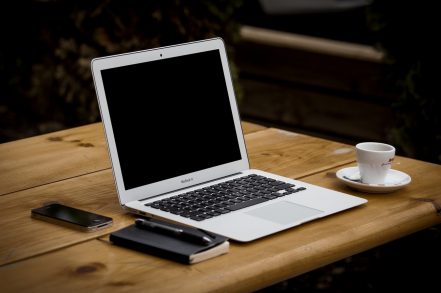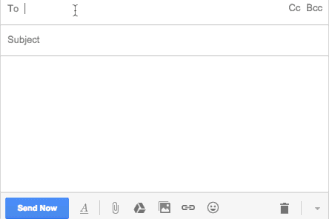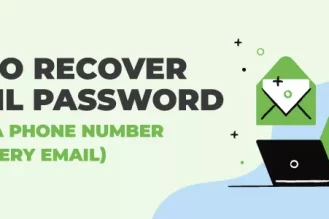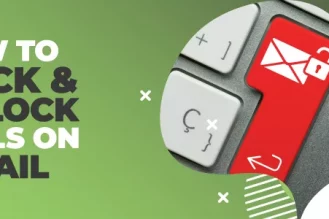It should come as no surprise to hear that people are checking email more than ever. It could have something to do with a corresponding increase in smartphone use, but regardless of the reason, knowing how to quickly and effectively empty your email inbox each day is a must-have skill. In particular, it’s one that’s critical to master in the workplace so that you can spend more time on what’s important, and less time responding to emails.
So where do you start?
It all begins with putting the right tools in place, creating a system for organizing your inbox, and setting aside specific blocks of time to tackle the flood of messages. Here are our top tips for organizing your email inbox and maximizing your email productivity.
Maximize Productivity With Email Scheduling
Think about your own schedule for a moment. Are you more likely to respond to an email when you first sit down at your desk for the day, at lunch, or at the end of the day? We all tend to fall into a pattern of doing certain tasks at roughly the same time each day, and responding to email is no different.
That’s why you should get into the habit of scheduling your emails to be sent at specific times of day to maximize the responses you receive. While best practices will vary by industry, some studies have shown that the best day to send an email is Tuesday, and the best time to send an email is between 8am-10am, and 3pm-4pm.
It’s also worth noting that the more email you send, the more you get. Sometimes pushing off a reply until the following day or later in the week can help reduce email back-and-forth, since problems tend to naturally work themselves out over time.
Lastly, modern email productivity tools like Right Inbox not only let you schedule the emails you send, but can also postpone or snooze the emails you receive until they’re more relevant, or you have the time to deal with them. With Right Inbox, for example, you can push an email out of your inbox with the ‘Remind Me’ function, and it will show up unread at the top of your inbox at the exact date and time you specify.

Focus on What’s Important by Blocking All the Noise
Nothing is more distracting or annoying than having your inbox flooded with spam, irrelevant newsletters, and marketing emails. Most of us spend precious moments each day sifting through all that fluff to find what’s truly important and relevant.
Luckily, you don’t have to waste your valuable time doing that any longer with tools like unroll.me. Unroll.me connects to your inbox and gives you much-needed insight into exactly what you’re subscribed to, with a one-click option to unsubscribe. It even sports a handy new feature called the Daily Rollup, which combines all the newsletters you receive into one handy email to keep things organized and minimize unnecessary notifications and distractions.
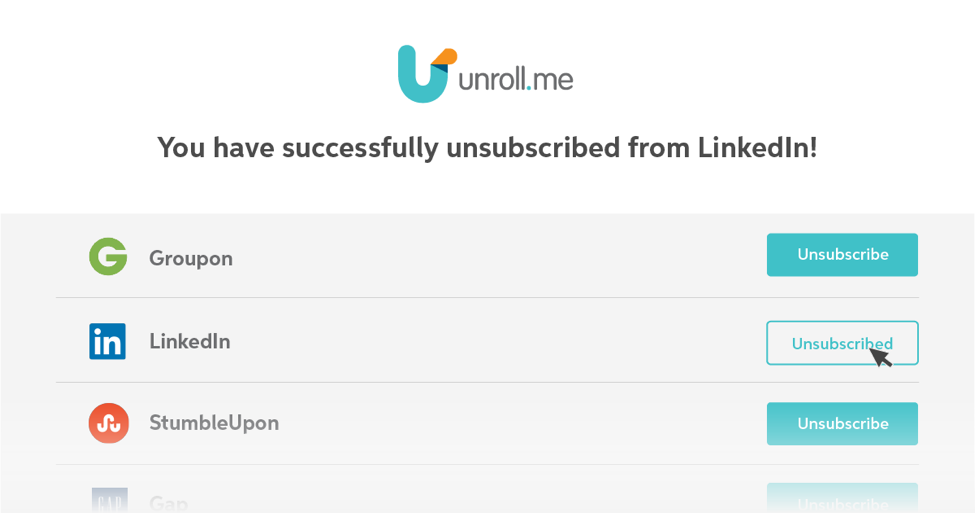
Image Source: unroll.me
Gmail also has powerful built-in features that you can leverage to filter, categorize, prioritize, and organize your inbox. Check out this awesome guide with visuals on how you can make Gmail work harder for you.
Batch Email Responses to Save Time
Another productivity booster is to only check your email periodically. Productivity guru Tim Ferriss recommends checking email at specific times of day to minimize the time you spend in your inbox. He also suggests ‘training’ those who email you by setting up an autoresponder explaining your email regiment — that way, people don’t expect immediate replies to their emails. Eventually, they’ll learn to send emails for less urgent things, and pick up the phone and call or text for the more important stuff.
Try setting clear boundaries by responding to email two or three times a day at most, perhaps first thing in the morning at 8am, once more before lunch at 11am, and again at 3pm before you starting winding down for the day. This will allow you to maximize your productivity the rest of the day doing the things that matter most, without the guilt of keeping up with your inbox minute by minute.
Another great way to save time is to use templates for common emails and snippets. Gmail has a built-in feature called ‘canned responses‘ that allows you to create templates of emails, different signatures, and more, that you can click and customize in seconds. Gmail also rolled out an integration that has Google Calendar and Google Keep built right into the sidebar for quick access. You can leverage Google Keep to hold snippets such as other people’s signature blocks or links to common articles or documents, and easily copy and paste them into your emails.
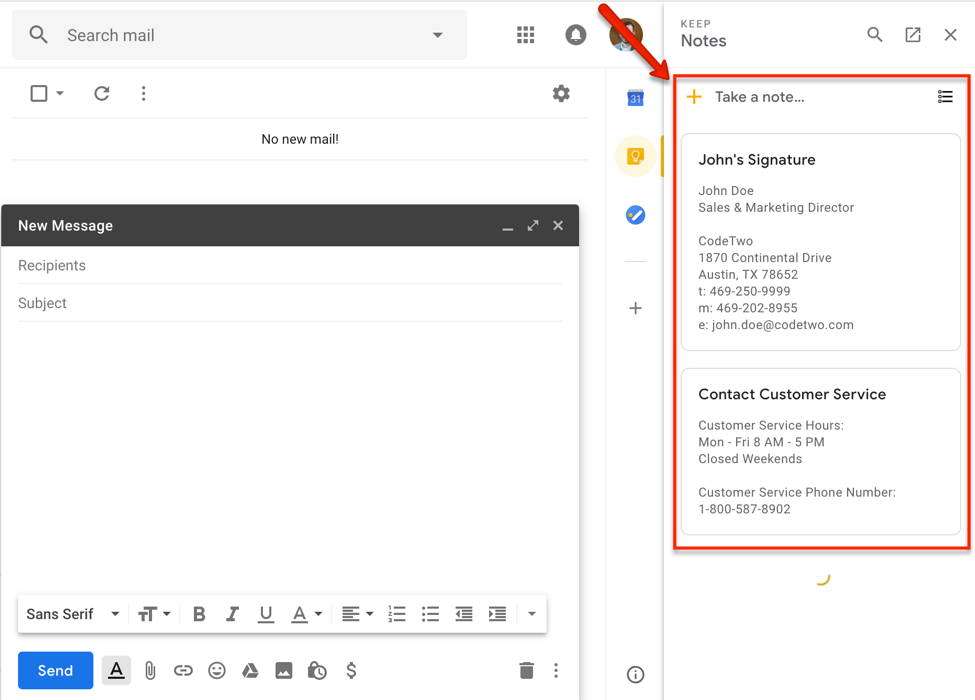
Image Source: Google Keep screenshot
Create and Follow a System
Without a system, you’re likely to wander aimlessly through your day with no clear purpose. That puts you in a reactionary frame of mind, and doesn’t allow you to be proactive and feel in control of your life. Instead, strive to deploy an effective system that lets you seize the day and get a grip on your email inbox for good.
David Allen, author of Getting Things Done, has a system that can be applied to optimizing your email workflow. He suggests doing any task that takes less than two minutes immediately, instead of putting it off or filing it somewhere to do later. Doing those things right away typically takes the same energy as looking them over and putting them aside, so it makes sense to get them taken care of – and doing so will give you some quick wins.
Beyond deploying a system, you should think about your daily email workload as a whole. What sorts of emails could be delegated to others, or at the very least, screened by an assistant? Using tools like Calendly can also save precious time by eliminating the back-and-forth of scheduling calls or meetings:
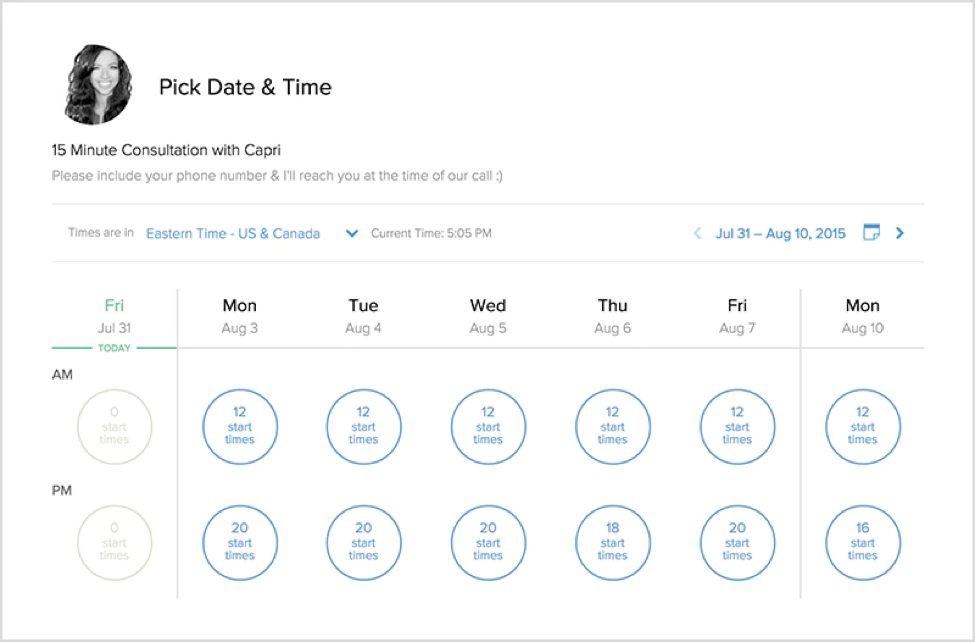
Image Source: GetApp
Last but not least, it’s also worth periodically reviewing who you send emails to most frequently, and getting on the same page with them. If they’re okay with short responses that ignore pleasantries, that can be a huge time-saver. Or if you don’t need to be cc’d on certain emails, that will drastically reduce the amount of email you receive. Sometimes a short conversation with your colleagues or partners can have a dramatic effect on your email productivity.
Here’s one final tip. Most of us are all on a constant drip of emails, text messages, weather updates, news alerts, phone games, and much more. Think of each notification you get as a hit to your productivity – because it is. One simple win here is to turn off email notifications on your computer and smartphone, or deploy your phone’s Do Not Disturb feature. That way, when you’re focusing on other things, you are truly dialed in.
Email is a daily battle, and one we truly never win. However, that doesn’t mean it needs to be a miserable activity that consumes your whole day. Deploy the strategies outlined above, and you can focus on ruling technology instead of technology ruling you.
What tips or tricks have you deployed to get a grip on your email inbox? Tell us in the comments below:
Track emails, email reminders & templates in Gmail for free
Upgrade Gmail with the features it’s missing
Add to GmailDavid Campbell
David Campbell is the editor of the Right Inbox blog. He is passionate about email productivity and getting more done in less time.
